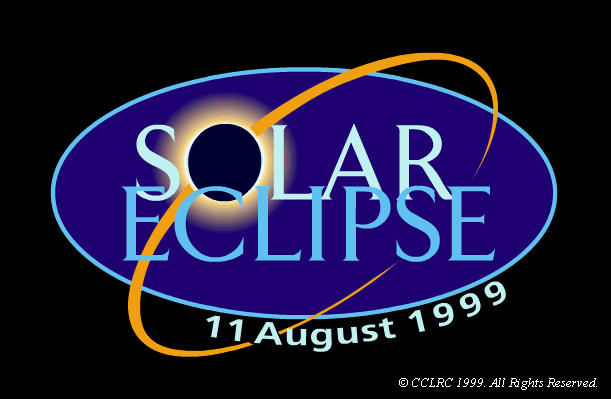
![]()
This is an area where school groups, amateur radio enthusiasts and interested members of the general public can be readily involved even if the skies are cloudy. There is a precedent for such schemes in the US. A project called INSPIRE which is coordinated by NASA, gets school kids involved in NASA missions. INSPIRE offer kits to schools so they can build their own radio kits and carry out observations during Shuttle missions as well as events like the 10th May 1995 solar eclipse which traversed most of north America.
The radio kits operate in the band 0.1-100kHz and so mainly measure magnetospheric noise but it is proposed to organise a similar campaign using short-wave radio receivers. Members of the public could take part in a very useful experiment by listening to certain frequencies before, during and after the eclipse.
It is our intention to set up additional web pages to coordinate this research. The pages would include recordings of radio sounds and explanations of general radio phenomena and the ionospheric/magnetospheric causes.
The most probable effect that will be heard on HF radio during an eclipse is a sudden increase in signal strength as the absorbing D layer disappears. Amateur radio groups could make a valuable contribution to the scientific programme by making systematic observation of the changes in signal strength from known beacons. This would prove extremely useful in investigating the spatial effect of the eclipse on the ionosphere.